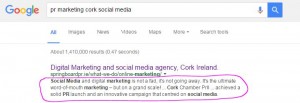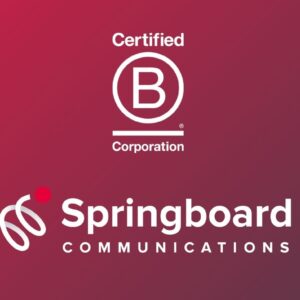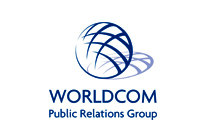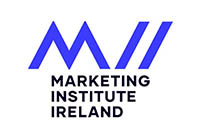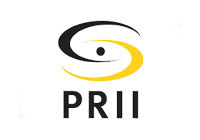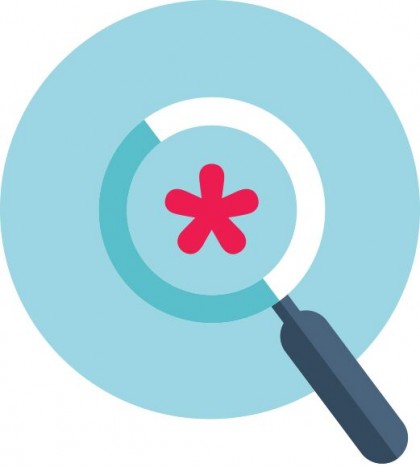
OPTIMISE YOUR SITE FOR SEARCH ENGINES
The times they are a changin’ for the world of Search Engine Optimisation (SEO). The move by Google to place four AdWords ads above organic search results means that if you don’t want to pay to get traffic to your site, then you need to start paying heed to SEO.
Competition has become fierce for the illustrious page one ranking on Google. Why? Because being placed near the top is a great way of driving potential customers to your webpage.
Google’s algorithms rely on more than 200 unique signals or “clues” that make it possible to guess what search engine users might really be looking for. These signals include things like the terms on websites, the freshness of content, regions and page rank.
Google outlines in its nifty Search Engine Optimization Starter Guide that by following some best practices, businesses can make it easier for search engines to crawl, index and understand their content.
First off, there are different SEOs – ONSITE and OFFSITE
With the former, it’s all about what you can do to your website to optimise it for both search engines and users.
The latter is techniques to optimise SEO activities outside of a website itself.
ONSITE
- TITLE TAGS: Title tags are often used on search engine results pages (SERPs) to display preview snippets for a given page, and are important for SEO. This is a precise and succinct description of a page’s content. The title tag is the first line of the results and the words will be in bold if they appear in the user’s search query. Businesses should create unique title tags for each page and use brief, but descriptive titles.
- USE THE META TAGS: These provide information such as what is contained in the page, and what keywords represent the page’s content. While a page’s title may be a few words, a page’s meta tag might be a short paragraph. Description meta tags are important because Google might use them as snippets.
The key here is to think unique, unique, unique, and businesses should avoid using one single description meta tag across all of their site’s pages or a large group of pages.
- STRUCTURE URLS: Easy-to-understand URLs will communicate content information easily, and potentially leading to better crawling of documents by search engines. Research has also shown that visitors may be intimidated by long-winded, unrecognisable and puzzling URLs. Below is a concise example of how Springboard PR uses URLs.
Onsite SEO can also be achieved by…
- Making a site easy to navigate
- Writing fresh and easy-to-read text
- Optimising the use of images
- Notifying Google of mobile sites
- Having no broken links
OFFSITE
From Onsite SEO, we head onto Offsite SEO, and how a company can build their site credibility off page.
- BRING ON THE BACKLINKS: One of the most important things for SEO is backlinks, which are links directed to a company’s website. The more backlinks a company has going to their website, the greater sign it is of its popularity. And Popularity = better search engine optimisation. Websites like www.semrush.com allow you to conduct backlinks checks on website addresses.
- SOCIAL MEDIA: Using social media networking sites like Facebook, LinkedIn, Instagram and Twitter can help promote a website/blog and build and maintain an online reputation. Ensure you include a link to your website in everything you post on social media.
- BLOGGING: A company that writes a weekly or bi-monthly blog for their website gives customers – both existing and potential – a reason to log in. Publishing a new blog regularly to your website means you are also adding more pages, and sites with a greater number of pages rank higher in search engine results. If your content is top quality, engaging and relevant to your target audience, Google will also recognise this, earning you more brownie points in, yup you guessed it, search engine results.
For more stories like this sign up for our Insights newsletter ›
BACK TO TOP